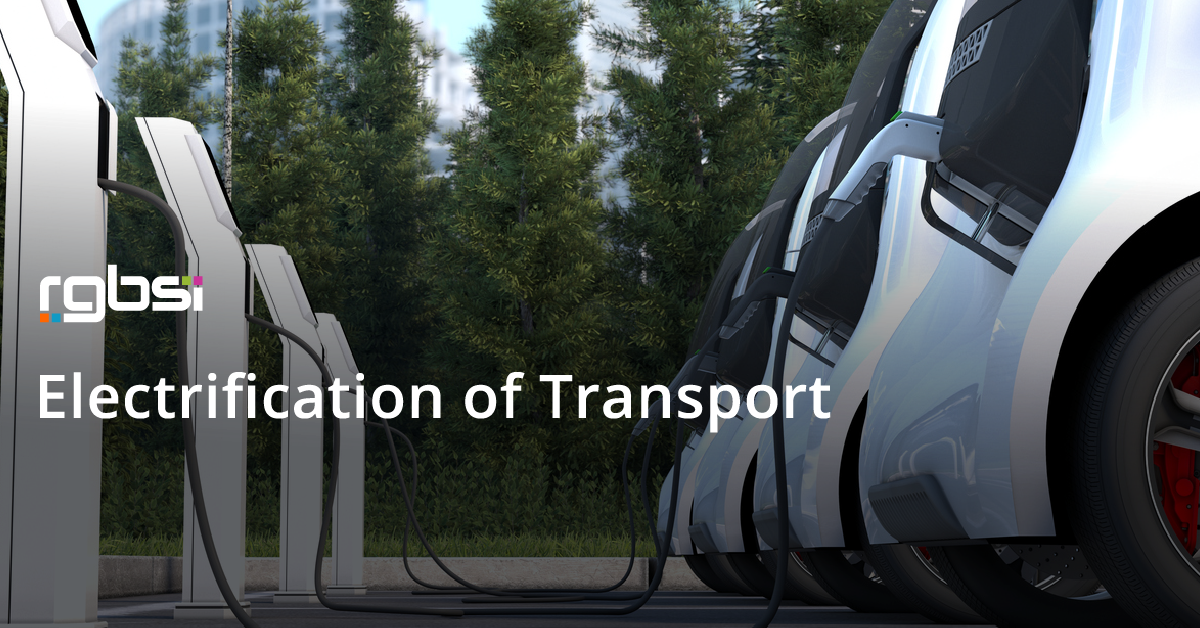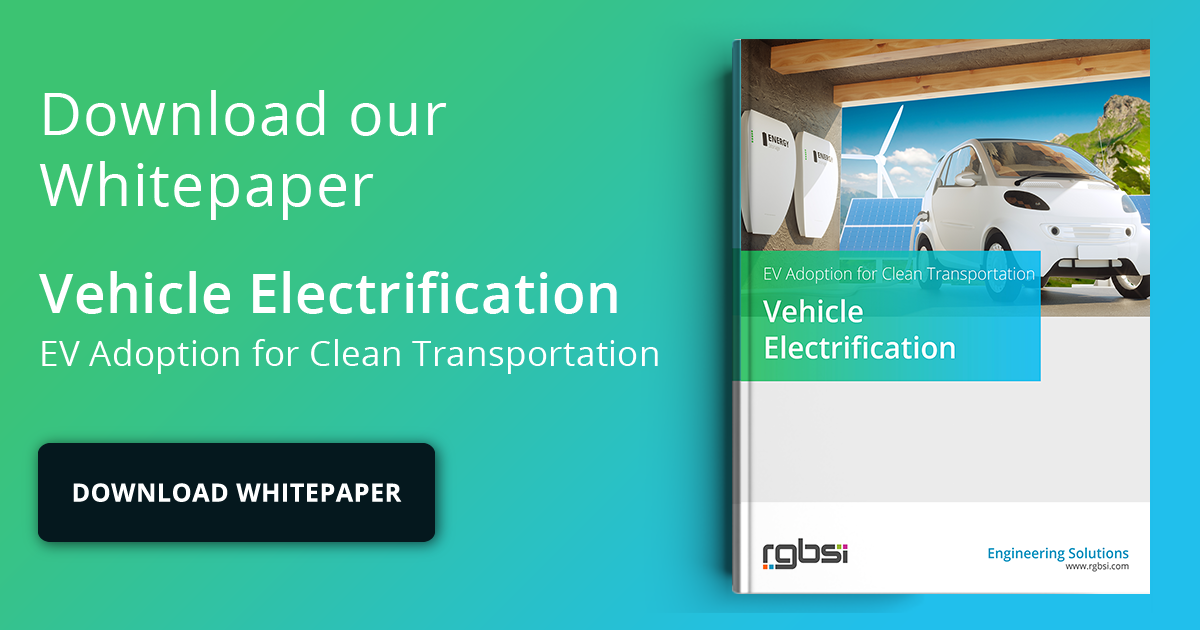
Is the Electrification of Transport finally happening?
Skepticism is understandable since this is a topic that has been debated for years, on occasions, creating false expectations in the public. However, the truth is we are already in midst of a transition. The electrification of transport is happening, bringing with it a better future of mobility where fossil-based fuels will be superseded by sustainable, environmentally friendly energy sources.
The goal of this article is to offer a birds-eye view of the key aspects that make the electrification of transport possible, as well as the close relationship and interdependence that exists between them.
Government Regulations on Emissions
Without any doubt, Government regulations on emissions is a key driving force in the electrification of transport. While it is true that most aspects of the economy, including transport, still rely on fossil-based energy sources, it is also true that developed countries are enforcing increasingly stringent regulations concerning greenhouse gas emissions.
Source: Our World in Data based on Global Carbon Project (GCP)
Both the United States and the European Union, which by 2017 contributed 15% and 9.8% of global C02 emissions respectively, have in place environmental regulations that seek to reduce these emissions in the medium term. In the case of the U.S., The Safer Affordable Fuel-Efficient (SAFE) Vehicles Rule states that both, new passenger cars and light trucks from 2021 to 2026, will need to reduce CO2 emissions and fuel consumption by 1.5% every year. In the case of the European Union, The International Council on Clean Transportation (ICCT) recently issued a detailed set of recommendations for post-Euro 6 emission standards for light-duty vehicles.
These regulations are not only pushing current gasoline and diesel engine technology to its limits but are also condemning internal combustion engines to their demise. Carmakers know it, that is why in response to government regulations on emissions top brands are speeding up their electrification targets as never seen before.
Although the all-electric future of transportation is irreversible, regulations alone will not make it possible. A sustainable infrastructure consisting of Smart Grids, Smart Charging Stations, and cutting-edge Battery Management Systems will be needed to address the complexities and challenges that electric vehicles pose to the energy sector.
Smart Grid
At the center of the infrastructure needed for the electrification of transport is the Smart Grid. But what is the Smart Grid, and what is its role in the broader scheme?
In simple terms, the Smart Grid is a concept that takes the current electric grid network to the next level by allowing utilities to respond in real-time to ever changing electric demand. To accomplish such a technological feat, the Smart Grid technology makes use of a sophisticated array of sensors, electronically-controlled modules, and automation controls installed across the entire system. Among the advantages of Smart Grid technology is the ability to establish two-way communication between the utility and its customers. This feature is crucial for the electrification of transport since it allows turning electric vehicles into grid assets.
Nowadays, one of the main challenges of utilities is managing energy demand during peak hours. Backup generators must be turned on and off to satisfy energy demand making the system quite inefficient. Thanks to Smart Grid technology and bidirectional communication with the electric vehicles the energy stored in their batteries could be used more efficiently. For instance, EVs can be charged using clean energy from wind and solar energy sources and discharge a small fraction of such energy back to the grid during periods of peak demand. That would allow in a no distant future to use batteries installed on passenger cars, heavy-duty trucks, buses, and public transport as fast-response backup generators. Such an approach could greatly reduce energy costs and reduce the need for fossil-based generators.
Smart Charging Stations
As important to the electrification of transport as the Smart Grid responsible for supplying the necessary energy demand in real-time are the charging stations which are the “access point” to said energy.
It could be said that smart charging stations represent one of the most important paradigm shifts in the transport industry in the last 100 years. Why? Unlike conventional service stations, charging stations allow unprecedented flexibility. For instance, in a not too distant future, rest areas in the highways could charge heavy-trucks’ batteries while the driver is eating, purchasing snacks, or simply sleeping. Batteries could also charge while delivering the cargo, which depending on the type of merchandise is a process that could take hours. Possibilities are endless since the Smart Grid and charging stations will be almost omnipresent.
You can think of heavy-duty transportation infrastructure as a subset of the current infrastructure available for passenger cars and light-duty trucks. Depending on the area where you live, nowadays you can charge the batteries of your EV at home, at work, at the parking lot, or at a fast-charging station.
Aside from its huge flexibility, charging stations are also crucial in assisting the Smart Grid to balance energy demand and grid loads. The extremely complex challenge of controlling changing demand is greatly simplified by “Smart Charging Stations” that communicate with the Smart Grid and adjust battery charging speed depending on the local demand and energy availability.
Battery Management Systems
Finally, neither the Smart Grid nor the Smart Charging Stations could fulfill their purpose without the help of a state-of-the-art Battery Management System (BMS).
Regardless of their size, all-electric vehicles need a BMS monitoring the operating conditions of battery cells as well as the battery pack as a whole. Balancing the voltage across the battery cells, keeping battery pack temperature within optimal values, and broadcasting battery pack status, are only a few of the crucial tasks performed by the battery management system. Such a specialized system is required to protect both, the safety of the vehicle’s occupants and battery lifespan as well. However, the BMS also plays an important role in the electrification of transport since they help Smart Grid to balance the demand during peak times. Using the information provided by the BMS, the Smart Grid can command the Smart Charging Station to change battery charge speed, and even stop charging the vehicle in case of need. For instance, when you plug your vehicle at home the BMS transmits battery pack status to the Smart Grid which in turn can decide to start charging the vehicle at night when demand is low and energy is cheaper.
About RGBSI
At RGBSI, we deliver total workforce management, engineering, quality lifecycle management, and IT solutions that provide strategic partnership for organizations of all sizes.
Engineering Solutions
As an organization of engineering experts, we understand the importance of modernization. By pairing modern technology with design expertise, we elevate fundamental engineering principles to accommodate growing product complexity requirements. We work with clients to unlock the full potential of their products and enable future innovation. Learn more about our engineering services.
WORK WITH RGBSI
At RGBSI, we provide engineering, IT, and administrative job opportunities for contract, contract to hire, project based, and permanent positions. We have established relationships with top companies in engineering and IT industries around the globe. The opportunities are endless for engaging in different career paths.
View our job portal to see all of our current openings.














